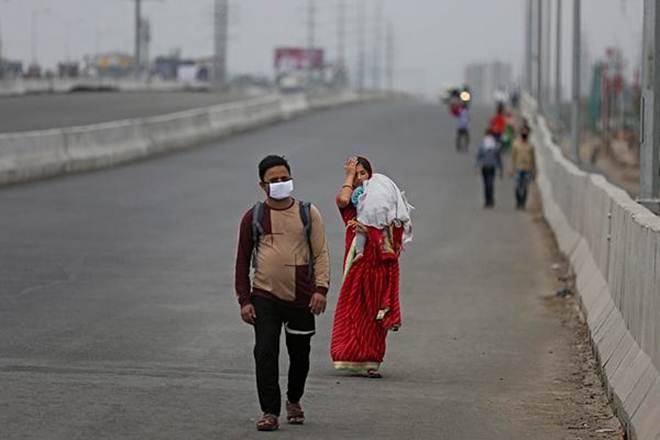Incompetence, indifference and self-interest are easy to see in the stark light of an emergency.” I read this line in an article in the New York Times titled Who will win the fight for a post-Coronavirus America? While the article takes aim at a different leader, I would say that PM Narendra Modi’s announcement of the lockdown without first having spoken with state governments and confirming their ability to manage the fall out is very well described by the sentence.
The tragedy that has unfolded on the highways between Delhi, UP and Bihar, and, indeed, between Gujarat and Rajasthan, and several other parts of the country is unbelievably heart-wrenching, particularly to fools like us who, as we sipped our gin and tonics, had bought the fiction that India is developing fast. With millions of working Indians unable to survive for more than a few days of no work, it is an insult to humanity to call India even a developing country.
To be sure, all governments, past and present, are to blame, but, most of all—we are to blame. We are a democracy—we have the government we want. Of course, the current government, partly because it is in the hotspot today and also because of its “incompetence, indifference and self-interest”, should be definitely put in the firing line.
Modi’s penchant for grand announcements, without any semblance of planning, makes him a serious danger to the country. Asking people, millions of whom live 5 or 6 (or more) to an 80 sq ft room (in Mumbai), to practice social distancing and stay in their homes is, charitably speaking, stupidity—it reflects his insensitivity to the people of India. Announcing the lockdown without—or, let’s again be charitable, and say a modicum of—any planning is, again, the same thing. Except that it has resulted in several people dying on the highways of India; the earlier one only resulted in people being caned by some police officers, who, no doubt reflecting the sentiments of their masters, care nothing about the dispossessed. The impact of demonetisation—one of his earlier grand blasts—was equally horrifying in terms of its impact on the poor.
There is no doubt that the coronavirus is a seminal turning point in human history, and like all countries, India, too, will be definitively changed. The new leaders will be people like Chandrashekhar Azad and Kanhaiya Kumar, interestingly and unsurprisingly both from Bihar, as well as the myriad young people, largely women, who are at the forefront of the CAA/NRC/NPR protests. Note, incidentally, that the coronavirus has already brought a much-needed normalcy to Indian discourse, where the words Hindu and Muslim are seldom heard.
It is blindingly clear that we need—and will get—a strongly left wing government. As a lot of arms go up in protest, please recognise that the only state government that had delivered reasonable comfort to its people during this crisis has been Kerala, which has a communist government. I also note that 3 of the 4 countries (China, Cuba, Russia and Germany) that have been able to extend support—doctors, medical supplies, etc—to hard-hit countries in Europe, like Italy and France are socialist.
Kerala was the first state government to announce a relief package of Rs 20,000 crore, about 2% of state GDP, far more sensibly targeted than the central package, which was a witheringly low 0.8% of GDP. The Kerala finance minister, Thomas Isaac, writes that, with this crisis coming on top of two consecutive state-wide floods (in 2018 and 2019), and the Okhi cyclone and the Nipah virus outbreak in parts of the state, the government is at “its wits end”. Still it has fashioned a plan that is far more people-friendly than the Centre’s (bit.ly/3ayy67v).
Immediately, the Centre needs to put out a whole lot more money. The US package is nearly 10% of GDP, and while there is a lot to quibble about its structure, it is significant that people are already demanding that any corporates that get bailed out—the airline industry, for instance—will need to give up some equity in return. Thus, Trump or no Trump, America is also turning left.
The Centre needs to put out an additional 3 or 4% of GDP (Rs 7-8 lakh crore) to make a meaningful dent in the immediate relief requirement and to create public-private assets that can provide employment in smaller centres. We do have a few successful examples of public-private partnerships and these frameworks need to be leveraged to build the new future.
Of course, the huge explosion of the fiscal deficit—and the certainty that it will continue for some years as we invest in education and health, in addition to physical infrastructure—will blow out the financial markets, which will increasingly be recognised as collateral to the real world. Equity markets will tank, inflation and interest rates will rise and the rupee—bye-bye.
The author is CEO, Mecklai Financial. Views are personal


